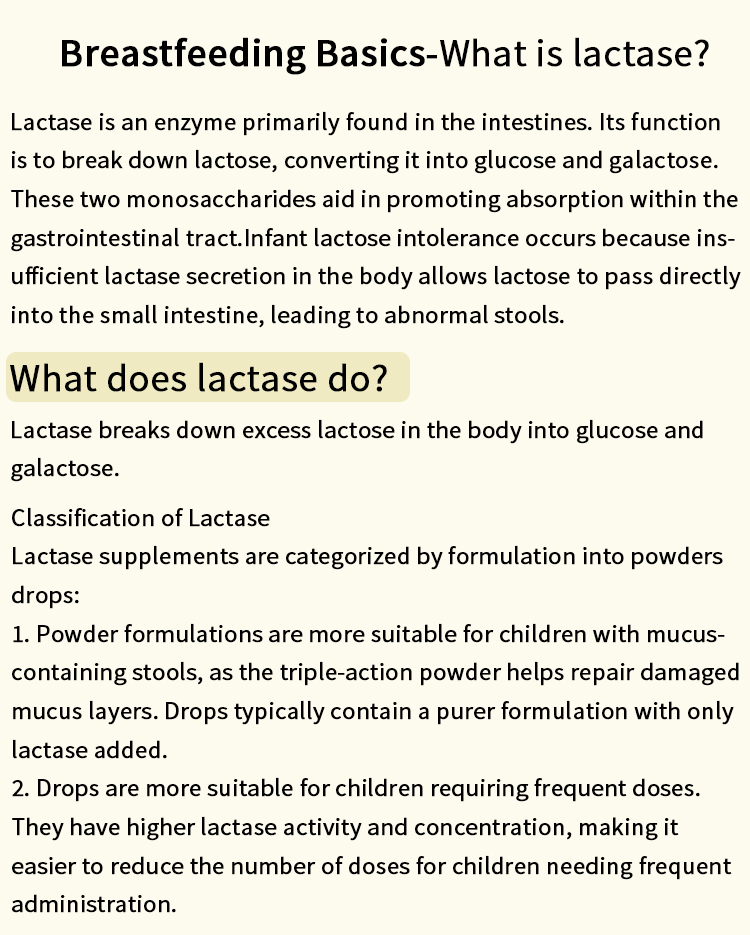In our modern world, we are surrounded by a plethora of chemicals, many of which are essential for our daily lives. However, not all chemicals are created equal; some pose significant risks to human health. Understanding which chemicals are the most harmful is crucial for safeguarding our well-being. This article delves into the most dangerous chemicals, their sources, health effects, and preventive measures to mitigate exposure.
Understanding Chemical Toxicity
Chemical toxicity refers to the degree to which a substance can harm humans or animals. The harmful effects of chemicals can vary widely based on factors such as dosage, exposure duration, and individual susceptibility. Chemicals can be classified into various categories, including heavy metals, solvents, pesticides, and industrial chemicals. Among these, certain substances stand out due to their profound impact on human health.
The Most Harmful Chemicals
- Asbestos
Asbestos is a naturally occurring mineral that was widely used in construction and insulation materials due to its fire-resistant properties. However, inhalation of asbestos fibers can lead to serious respiratory diseases, including asbestosis, lung cancer, and mesothelioma. The latency period for these diseases can be decades, making asbestos exposure particularly insidious. Efforts to ban asbestos in many countries have been met with resistance, as older buildings still contain this hazardous material.
- Lead
Lead is a heavy metal that has been used in various applications, including paints, plumbing, and batteries. Exposure to lead, especially in children, can result in severe neurological impairments, developmental delays, and behavioral issues. The Centers for Disease Control and Prevention (CDC) has established a blood lead level of concern at 5 micrograms per deciliter. Despite regulations limiting lead use, lead poisoning remains a significant public health issue, particularly in older homes and urban areas.
- Mercury
Mercury is another heavy metal that poses severe health risks. It exists in various forms, including elemental mercury, inorganic mercury compounds, and organic mercury (methylmercury). Methylmercury, found in certain fish, can accumulate in the human body and lead to neurological and developmental problems, particularly in fetuses and young children. The Environmental Protection Agency (EPA) advises limiting consumption of high-mercury fish to reduce exposure.
- Benzene
Benzene is an organic chemical compound commonly found in industrial emissions, cigarette smoke, and gasoline. Chronic exposure to benzene is linked to harmful effects on bone marrow, leading to blood disorders such as aplastic anemia and leukemia. The International Agency for Research on Cancer (IARC) classifies benzene as a Group 1 carcinogen, emphasizing the need for stringent occupational safety measures in industries that utilize this chemical.
- Formaldehyde
Formaldehyde is a colorless gas used in various household products, including furniture, building materials, and disinfectants. Short-term exposure can cause irritation of the eyes, nose, and throat, while long-term exposure is associated with an increased risk of nasopharyngeal cancer and leukemia. The U.S. Department of Health and Human Services (HHS) has classified formaldehyde as a known human carcinogen, prompting calls for better ventilation and reduced use in consumer products.
Preventive Measures and Conclusion
Awareness of these harmful chemicals is the first step toward prevention. Here are some practical measures to reduce exposure:
- Home Testing: Conduct tests for lead and asbestos in older homes, especially if renovations are planned.
- Dietary Choices: Limit consumption of high-mercury fish and opt for safer alternatives.
- Ventilation: Ensure proper ventilation when using products containing formaldehyde and other volatile organic compounds (VOCs).
- Regulatory Advocacy: Support policies aimed at reducing the use of harmful chemicals in consumer products and industrial processes.
In conclusion, while the presence of harmful chemicals in our environment is concerning, understanding their effects and implementing preventive measures can significantly reduce health risks. By staying informed and proactive, we can protect ourselves and future generations from the silent threats posed by these hazardous substances.





+ There are no comments
Add yours